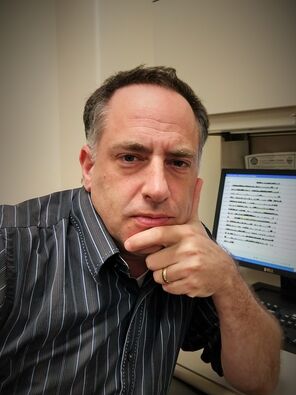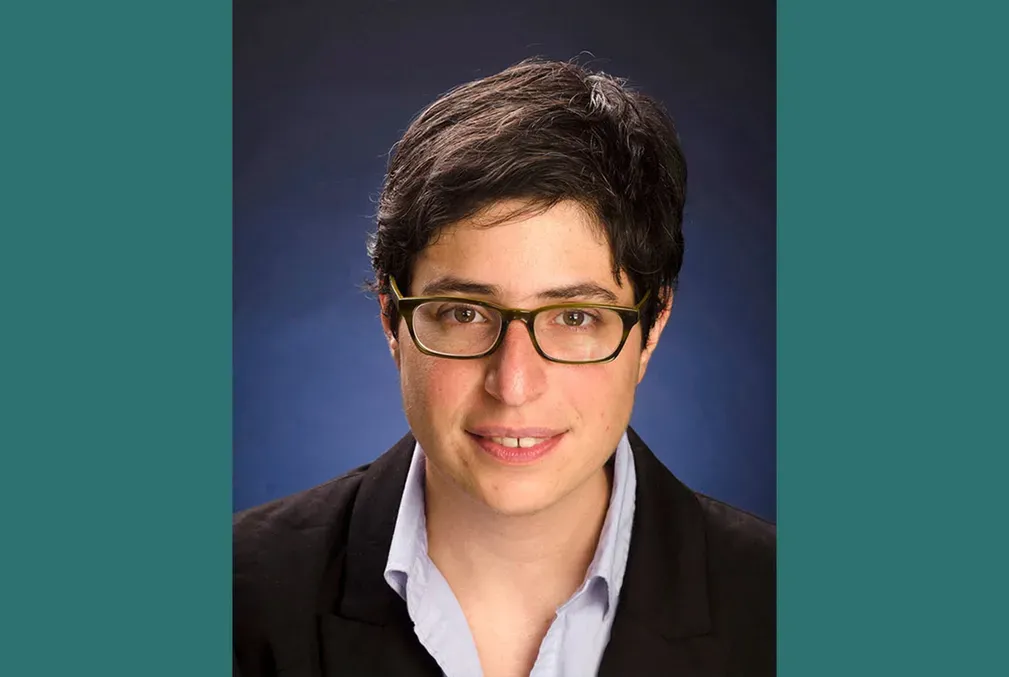Sleep experts share strategies to minimize jet lag’s effects on college athlete performance and health
Starting this fall, college athletes will take more coast-to-coast flights. To help these athletes and their co-travelers, a Stanford-led team of scientists and physicians summarizes its research on sleep disruptions, how they hamper performance and health, and ways to lessen the impacts.
The cost of air travel isn’t always obvious. When budgeting for a flight, we often consider ticket prices and the time spent traveling, but there’s another important expense to consider—the loss of quality sleep due to jet lag.
College athletes routinely travel out of state to attend games and competitions. But the recent realignment of major college athletic conferences, including the departure of all but two colleges from the Pac-12 Conference, means that many athletes will make more cross-country trips for their games and competitions starting this fall.
This news got the attention of Craig Heller, the Lorry I. Lokey/Business Wire Professor and professor of biology in the Stanford School of Humanities and Sciences; Jamie Zeitzer, research professor in Stanford Medicine’s Department of Psychiatry and Behavioral Sciences, Division of Sleep Medicine; and their colleagues.
Heller has dedicated his career to studying sleep and the 24-hour sleep-wake cycle called circadian rhythm. Zeitzer has studied circadian rhythms for over 30 years with the aim of developing countermeasures to help people adjust faster to sleep and circadian rhythm disruptions caused by flying across time zones.
“Most travel to college athletic conferences will now require multiple flights, across time zones, with layovers between them,” Heller said.
“Athletes are keenly aware of the impact of sleep on their performance,” Zeitzer said. “Because of that, many athletes get anxious about their sleep, which can lead to insomnia and then actually become a sleep problem. There are ways to counter the impact of sleep disruptions; but they require forethought, and many people may not know about these techniques.”
To help college athletic organizations, student athletes, and their co-travelers anticipate and counter the effects of disrupted sleep, Heller, Zeitzer, and a team of scientists and physicians wrote a white paper, published Feb. 1 in the Journal of Biological Rhythms.
The paper discusses sleep and circadian rhythms and how they are intertwined with performance and physical and mental health. Perhaps most importantly, the paper provides several evidence-based strategies—such as practicing bedtime protocols, early afternoon naps, and scheduled lighting exposure—that can help college athletes and their co-travelers shift their internal clocks, lessen the effects of sleep disruptions, and reduce sleep-related anxiety.
Travel fatigue versus jet lag
Our body processes are coordinated by a “timekeeper” in the brain that has a circadian (from Latin: circa, meaning “about,” and dies, meaning “day”) rhythm of about 24 hours. When we cross time zones, our circadian rhythm is reluctant to change, shifting only about an hour each day. The mismatch between our circadian rhythm and the local time zone is commonly called jet lag.
All air travel—regardless of the destination or duration—is associated with some fatigue and symptoms such as dehydration, digestive upset, and disrupted sleep because of the “first night effect” of sleeping poorly in a new place, the researchers explained.
For most people, these impacts on health and performance are small. But for athletes, small stressors can impact how many seconds it takes to run a race or how many points they score in a game and—among athletes—student athletes are a special case, the researchers explained.
“Many people travel a lot for their professions,” Heller said. “But they are not also competing at top levels in athletic events or are not expected to do well on exams on the days in between.”
Even professional athletes have a different experience with air travel when compared to college athletes, the researchers explained.
“Professional athletes generally travel with more space and perks on a flight, and that can make a difference,” Zeitzer said. “And they do not have another full agenda to focus on. Yet despite all the benefits of being a professional athlete, the data on athletic performance show that these athletes still do worse when they're traveling. It's kind of an unavoidable thing.”
Countering sleep disruptions and jet lag
Although travelers cannot completely escape the negative effects of flight on performance and health, there are several effective ways to minimize the impact, and it is important for student athletes to take advantage of these techniques whenever possible.
Arriving a few days before a game or competition can give athletes time to adjust their internal clocks to the new time zone, the researchers explained. Bedtime protocols, such as shifting the time you go to bed half an hour earlier each night a few days before a coast-to-coast flight can also help shift internal clocks. Scheduled lighting exposure before, during, and after travel across time zones is also beneficial.
“Get bright light exposure when your flight lands and stay awake all day, even if you didn’t get a good night of sleep,” Zeitzer said. “When you're exhausted, you'll have a much easier time falling asleep.”
Other practices like wearing a sleeping mask to block out light, reducing the number of people sharing a room to minimize the interference between sleepers, using earplugs or earbuds playing white noise, and bringing your favorite pillow on travels can also make a big difference.
“Is your favorite pillow going to make you sleep? No,” Zeitzer said. “But if you're on a pillow that bothers you, it will contribute to not being able to sleep. Seemingly silly things like having your favorite pillow can really help.”
The timing of athletic events can make a big difference too, the researchers explained.
“Different aspects of performance have circadian rhythms,” Heller said. “Meaning, you do certain things better at certain times of day. For example, for highly elaborate, complicated maneuvers, the morning is better. If you're doing heavy work, like football, late afternoon is better.”
The researchers hope the information in their paper will help college athletic organizations select more optimal times for games and competitions. They also hope that college athletes, and the coaches and staff who travel with them, will be better able to anticipate and mitigate the impact of frequent coast-to-coast travel.
Heller, Zeitzer, and others are already working with college athletic departments, coaches, and trainers to help college athletes and their co-travelers apply the evidence-based techniques that can help counter the effects of cross-country travel.
“Our most valuable resource is our students,” Heller said.
Acknowledgements
Heller and Zeitzer are also members of Stanford Bio-X, the Stanford Cardiovascular Institute, the Wu Tsai Human Performance Alliance, and the Wu Tsai Neurosciences Institute.
Additional Stanford co-authors include Cheri Mah and Philippe Mouraine of the Department of Psychiatry and Behavioral Sciences. Additional co-authors include Erik Herzog of Washington University in St. Louis; Allison Brager of the John F. Kennedy Special Warfare Center and School; Christopher Colwell, Rockelle Jang, Steve A. Kay, Ketema Paul, and Gina Poe of the University of California, Los Angeles; Ravi Allada, formerly of Northwestern University, now of the University of Michigan; Frank A. J. L. Scheer of Brigham and Women’s Hospital, Boston; Mary Carskadon of Bradley Hospital, Brown University; Horacio O. de la Iglesia and Russell N. Van Gelder of the University of Washington, Seattle; Ashley Montero of Flinders University, Adelaide, Australia; Kenneth Wright of the University of Colorado; Lance Kriegsfeld and Matthew P. Walker of the University of California, Berkeley; Namni Goel of Rush University; John Hogenesch of the University of Cincinnati; Michael Grandner of the University of Arizona; Chandra L. Jackson of the National Institutes of Health; and J. Roxanne Prichard of the University of St. Thomas, Minnesota.
This work was funded by the National Institutes of Health.
To read all stories about Stanford science, subscribe to the biweekly Stanford Science Digest.
Media contact
Joy Leighton, Stanford School of Humanities and Sciences: joy [dot] leighton [at] stanford [dot] edu (joy[dot]leighton[at]stanford[dot]edu)






